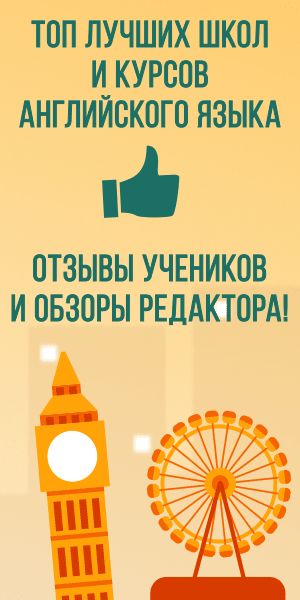Often in literature characters are presented as victims of society. There are many examples of this in Henrik Ibsen’s controversial play, “A Doll’s House”. Written during the Victorian era, Ibsen’s play would have raised a lot of controversy on the roles of males and females in society. The audience would have noticed the constant similarities between themselves and the characters that are presented as victims of society. A lot of the audience would have found the play shocking and disturbing.
At the beginning of “A Doll’s House” as an audience, we see Nora as a victim, a doll who is controlled by Torvald. She relies on him for everything, from movements to thoughts, much like a puppet that is dependent on its puppet master for all its actions. At this stage of the play, Nora enjoys playing the role of Torvald’s wife. Like Torvald, Nora finds it content to be comfortable in society and plays along with what society expects of her. The Christmas presents she buys for the children are clear evidence that she follows the stereotypical views of society. “A trumpet for Bob. And a doll and a cradle for Emmy.’ (Act1, pg25)
The conversations with Ms. Linde reveal that there is more to Nora than what to meet Torvald’s and society’s eyes. In the conversations with Ms. Linde, we are introduced to Nora’s hidden independence and illegal actions. Nora uses the image of being a victim of society to cover up her secret business. An example of this is when Nora buys macaroons and lies to Torvald about having bought them. “Not a little nibble at a macaroon?” Nora: “No, Torvald- I promise you honestly-!” (Act 1, pg27)
Nora rebels against society’s morals and laws that “a wife can’t borrow money without the husband consent.” (Act 1, pg35) Although she realizes is illegal and wrong, she finds it “great fun, though, sitting there working and earning money. Almost like being a man.” (Act 1)
As the play progresses we see Nora realize that she has been feed disillusions that it her duty to be the ornament and prize to her husband, the role which society has given to her. When Torvald finds out about her illegal activities, to save his life, she prepares to leave town, knowing that Torvald would not want anything to do with her once he finds out that she will disgrace his name. The point in the play where Nora takes off her fancy dress symbolizes that she is no longer the same person. “Taking off my fancy dress…I’ve changed.” (Act3, pg96). She has finally given up playing her expected role in order to please society. Instead, Nora plans to please herself, by trying to find her true self and identity. Nora has been pushed around by men her whole life and now just wants to leave society’s vicious circle and find her true identity. “I took your taste in everything- or pretended I did…I’ve been living here like a pauper…I performed tricks for you… You and Papa have done me a great wrong. It’s your fault that I have done nothing with my life.” (Act3, pg98)
Ms. Linde was once a victim of society. She was forced by society’s expectations to marry the man who she did not love but had enough money to support her sick mother and her two brothers. Now that Ms. Linde is a widow she represents the independent woman. After she became a widow, she was forced by society’s judgment to go out and fend for herself and get a job. Ms. Linde had to become self-sufficient. Things in Ms. Lindes’s life changed after she became a widow, she took up knitting, as it was efficient, even though it was not thought of as unladylike. ‘You ought to take up embroidery. It’s much prettier. But, knitting now, ‑that’s an ugly business.” (Act3, pg86)
Krogstad is initially presented as the villain, but we as the audience soon become aware of how pathetically reliant he is on society’s views on him. Krogstad like Torvald needs to be supported by objects, which make him seem like a better person. In Krogstad’s case it is his job, which gives him his pride, but now that it is being taken away from him he will “fight for my (his) little job at the bank as I shall fight for my (his) life.” (Act1, pg 39). Krogstad uses Nora to threaten her, to try and get what he wants, and not to lose what he had worked so hard to achieve. Krogstad talks about society as it were his life. “ Now I’m a shipwrecked man, clinging to a spar.” (Act3, pg81).
At the end of the play, we become aware that Krogstad isn’t a villain but just struggling in society, trying to get back some of the pride he has lost.
Dr. Rank is probably one of the most upstanding characters represented in the play, because of his status being a respectable doctor. Along with his job comes a conception that he is a respectable and important person to society. It’s ironic that he is the result of social actions and is a victim to both his father’s actions and society. Dr. Rank is dying of a disease which his father passed onto him because he was doing what Torvald did and followed society’s trend and slept around with as many women as he, please.
The exploration of the character’s choices in society, whether to follow the crowd or be an outcast, often displays them as victims of society. No matter how large or small, most of the characters in “A Doll’s House” are presented as victims. ‘A Doll’s House” magnificently illustrates the need for a change in society’s view of males and females in society.








